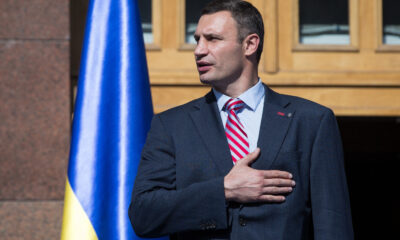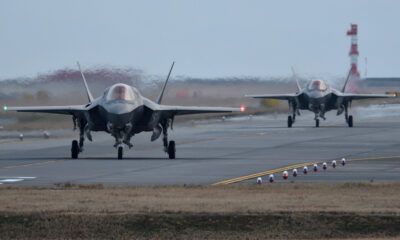Russia’s NEXT MOVE – NATO on EDGE!

Russia’s aggressive hybrid warfare tactics have NATO countries racing to prepare for potential attacks that could test the alliance’s unity and resolve.
At a Glance
- Russian officials, including Foreign Minister Sergey Lavrov, are increasingly using Russia’s colonial past to justify potential future aggression against NATO states
- Intelligence reports warn that Russia could be ready for a large-scale European conflict within five years
- NATO countries, especially those bordering Russia, face threats from hybrid warfare including cyberattacks, information campaigns, and targeted infrastructure strikes
- Experts recommend a containment strategy that includes Ukraine’s eventual NATO membership and sustained economic pressure on Russia
- Baltic states and Poland are significantly increasing defense spending to deter Russian aggression
Russia’s Expanding Threat to NATO Territory
Russia’s veteran Foreign Minister Sergey Lavrov recently made alarming statements suggesting territories that once belonged to the Russian Empire or Soviet Union remain rightfully Russian. This colonial justification for potential aggression extends beyond Ukraine to several current NATO members, including Estonia, Latvia, Lithuania, and parts of Poland and Finland. According to analysis from the Institute for the Study of War, these comments represent a dangerous escalation in rhetoric that threatens the territorial integrity of multiple alliance members.
Military experts warn that Russia could use hybrid warfare tactics successfully deployed in Ukraine against NATO’s eastern flank. Lieutenant General Jürgen-Joachim von Sandrart, former head of NATO’s Multinational Corps Northeast, identified specific vulnerabilities. “But there are ‘multiple options for Russia to test the cohesion of the alliance,’ including limited land grabs,” von Sandrart told Newsweek before leaving his post in November.
Hybrid Warfare: NATO’s New Challenge
Rather than launching conventional military attacks that would trigger NATO’s Article 5 collective defense provision, Russia could employ ambiguous hybrid warfare tactics. These include sophisticated cyberattacks against critical infrastructure, targeted disinformation campaigns designed to sow public discord, and limited territorial incursions designed to test NATO’s response thresholds. Such tactics create deliberate confusion about whether an attack has occurred and what appropriate response measures should be taken.
The Danish Defense Intelligence Service has issued warnings that Russia might employ military force against NATO if it perceives weakness or division within the alliance. Estonian intelligence has similarly cautioned about Russia potentially reforming its military into a Soviet-style mass army once the Ukraine conflict concludes. These assessments highlight the urgency for NATO to develop effective countermeasures against Russia’s evolving threat posture.
Building NATO Resilience Against Russian Aggression
Policy experts recommend a comprehensive strategy to contain Russia and strengthen NATO’s defensive capabilities. Former U.S. Ambassador Daniel Fried has outlined critical elements for deterring future Russian aggression. “A winning strategy requires security and eventual membership in NATO and the European Union for Ukraine,” Fried stated in a policy paper for the Atlantic Council. This approach recognizes that Russia’s ambitions extend beyond Ukraine to challenging the entire European security architecture.
NATO’s eastern members are not waiting for alliance-wide actions. Estonia, Latvia, Lithuania, and Poland have dramatically increased defense spending, with some now allocating over 3% of GDP to military preparedness. Estonian Defense Minister Hanno Pevkur warned that if fighting in Ukraine stops, “hundreds of thousands of troops” currently engaged there would become available for Putin to deploy elsewhere. This sobering assessment has accelerated defense preparations across NATO’s eastern flank.
A Coordinated Response Strategy
Experts advocate for maintaining economic pressure on Russia through sanctions while simultaneously building Ukraine’s defensive capabilities with European and American support. Any future ceasefire agreements must include robust security provisions enforced by NATO’s European members with American backing. A containment policy similar to that used during the Cold War would constrain Russia’s ability to threaten its neighbors while creating conditions for eventual political change within Russia itself.
The alliance must also strengthen its capacity to counter hybrid threats through enhanced intelligence sharing, cybersecurity cooperation, and rapid response capabilities. NATO’s deterrence posture requires both conventional military readiness and sophisticated counter-hybrid warfare tools. Europe’s security efforts must intensify with deeper collaboration in defense industries and technology development, creating resilience against Russian pressure tactics.
























